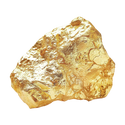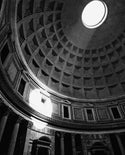Apollo Toggle Necklace
£20,400
Details
Authentic silver tetradrachm coin of Patraos set in 18K yellow gold paired with a unique rollo chain front closing toggle featuring rhodolite garnet cabochons.
Handmade in Rome.
History
Measurements
Delivery
Care




Apollo
(TETRADRACHM)
(TETRADRACHM)
The finely detailed laureate head of Apollo, his short curly hair cascading in a timeless, classical style. Apollo, a figure central to both Greek and Roman mythology, was revered as the god of music, poetry, and artistic inspiration. He symbolised order, healing, and prophecy, bringing light and harmony to the ancient world.

Gold
(18K)
(18K)
It is a dense, soft, malleable, and ductile metal. Gold is highly valued for its beauty, rarity, and resistance to corrosion. It does not tarnish or corrode over time, making it a perfect choice for jewellery.

Rhodolite Garnet
(NESOSILICATE)
(NESOSILICATE)
Rhodolite garnet, with its captivating raspberry to purplish-red hues, is a gemstone of inspiration and emotional healing.
Our items are handmade in our atelier in Rome.
Delivery is estimated at 4-6 weeks from when the order is placed with the atelier, but we always endeavour to deliver sooner. Our team will be in touch to keep your updated at every stage of production.
Alternatively please contact shop@dubini.co.uk



